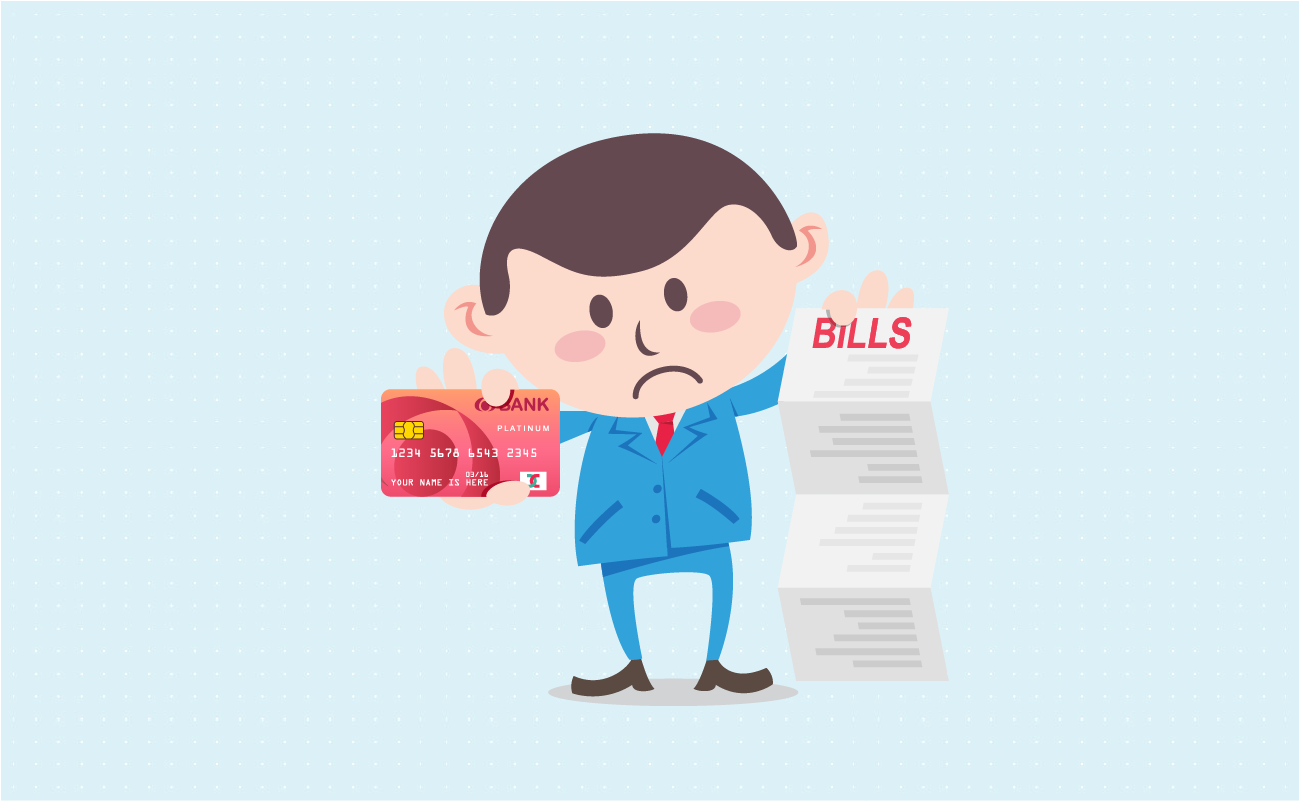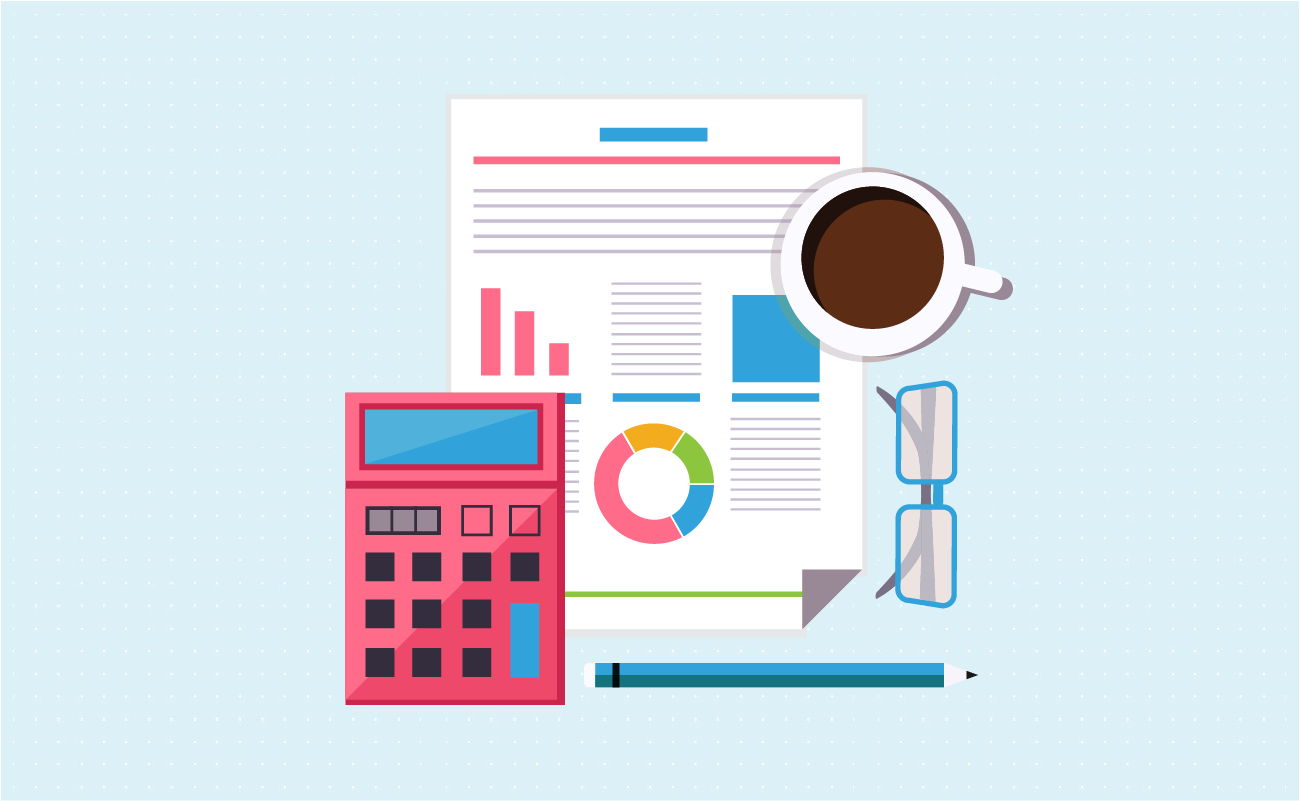 Periodic Cost Monthly Budget Calculator
Periodic Cost Monthly Budget CalculatorThis calculator quickly converts periodic non-monthly payments into their equivalent monthly payment & provides the total amount which will need to be set aside each month to cover these payments as they come due.
Guide published by Jose Abuyuan on February 7, 2020

One of the biggest hurdles you might face when budgeting are unexpected expenses. These don't fit into your regular budget schedule. It might be next to impossible to fit them in without cutting into your savings. Once they're due, you often expect that you'd lose some of your savings in the process. That is, if you even have savings. Otherwise, you might dig yourself into debt trying to cope with these expenses.
Just because they are infrequent doesn't mean you can let them slip your mind. Ignoring these sporadic expenditures might jeopardize the financial roadmap you've laid out. Annual and other irregular payments deserve a spot in your budget as any other major expense. To make sure that they are paid, set aside a section of your budget to cover them.
So-called irregular payments are a broad category of expenses. These include things like holiday expenses, periodic repair bills, haircuts, and insurance premiums. Their one common thread is that they aren't paid every month. These expenses come and go occasionally. Often, their only regularity is that you must expect them at some point in the year.
Because they do not appear on your budget every month, it can be a challenge to squeeze them in. This can be arduous since they are usually large expenses. If you find yourself with an insurance bill due in one month, you might need to take money from elsewhere to pay for it. This would often be your savings account or your emergency funds.
Some irregular expenses have a deadline, but do not come monthly. They could be paid in annual or semi-annual increments. Among these include car insurance premiums and annual income taxes. These are often higher than your average monthly bill. Thus, the fact that you only pay for them once or twice per annum is meant to make it easier on your pocket.
Yet it is tempting to put off saving for them until the last minute. When you do, you could come into a lot of trouble if your savings won't cover for it. Moreover, you might end up losing more of your savings to these bills if you didn't prepare a separate fund for them.

Some irregular expenses are those that aren't bound by a deadline. These include repair and maintenance bills for items like your car or computer. This can also include once-in-a-while expenditures like the replacement costs of mattresses. Of course, you will need to pay for these eventually, but for this month, you might not need to. Or the next, for that matter.
Logic dictates that these are expenses you should prepare for. The very sporadic nature of these expenses, however, mean that they can catch you unawares. Eventually, your car will need a tune up or your laptop would need an upgrade. You'll need to have them repaired, and you might not have the cash to do it in your budget.
Although they feel like a crisis when they hit, these expenses are not emergencies. You can expect when many of these periodic expenses would happen. Thus, you must take responsibility for when they arrive. Even if you don't need it now, you'll need to prepare for it. Your future self will thank you for it.
To cover the cost of your occasional expenses, consider opening several sinking funds. These funds are a good way to keep your savings distinct from your eventual expenses.
Sinking funds were first coined to describe funds set aside by businesses and government entities for bonds. These ensured their lenders that money had already been set aside to pay them back once the bond matures. Today, the term also applies in personal finance. Here, it refers to funds that cover expenses, which you do not have to pay on a monthly basis.

A sinking fund helps you cover anticipated expenses (necessary or discretionary) beforehand. This helps you be ready for them when the need strikes. The system works especially well for major replacement costs like your bed or computer. Rather than financing them through credit, you can pay for them in cold, hard cash. And if you fall short, it's still a win. You have a much smaller debt due to a larger principal payment.
You can have as many (or as few) sinking funds as you need. Have one fund for each major purpose. One account, for instance, would be dedicated to insurance payments or subscriptions. Others would be reserved for repairs or for holiday expense or people's birthdays. Now you can have all the rewards of giving without any regrets. If your budget allows, you may even have a sinking fund for things you want to spend on, such as a dream vacation.

Sinking funds and emergency funds are similar in that they are both contingencies. How they are used, however, are completely different.
Sinking funds are savings for expected expenses. These are things you can expect and plan around. The sinking fund is, in effect, an extension of your budget. It's a holding place for the money you use to pay for things you don't need to pay for every month. You withdraw from them as needed. Is Christmas on the horizon? Time to do your holiday shopping early! Does your car need a tune-up? Call your mechanic. If you can afford it, you can use it.
An emergency fund, meanwhile, is designed to cover for sudden, unexpected expenses. These are money used to cover life's curve balls. Ideally, you should never, ever touch the money in the emergency fund unless you have no choice. If you were involved in a car crash or need hospital care, this is the money to count on.

A form of sinking fund is often your first introduction to the world of personal finance. Saving your allowance for a toy or bike as a kid is itself a kind of sinking fund. As an adult, the discretionary sinking funds you set aside follow the same principle.
Think of this account as a splurging budget. It isn't healthy to go the full miser on your money. If you deprive yourself too much, you are likely going to bust your budget in the process. By saving for your splurges in advance, you treat yourself without overindulging. Save enough for any specific time you want to splurge.
Much like sinking funds, bridge funds are another financial contingency. This time, a bridge fund is used to tide you over between paychecks. Without a sinking fund, a bridge fund could be the only way for you to stay solvent. These funds rid you of the need to raid your savings or take on debt.
Bridge funds are one of the earliest contingencies you should save for. It may take a while to align your finances to cover for your bills, and any delays can throw off your finances. The bridge fund should comprise the amount you need to survive the pay period.
In general, it's a bad idea to store the money used to pay for non-monthly bills with your savings. Eventually, the lines between them blur, and your big expenses eat away at your savings. And can it even be called savings at all if you use it for bills?
Serious investors have a saying: never touch the capital. While you can spend the earnings, you should leave the investments themselves alone. The same applies to your savings. That money should be meant for big life goals or for major investments.
Keeping these expenses distinct from your savings is a big leap toward long-term financial security. By not touching your savings, you allow them to grow unimpeded.
Of course, this does come with its own challenges. Some people don't like the complexity that comes with earmarking every dollar for a purpose. Others are likely to be confused by the number of accounts using this system. Fortunately, there are ways to streamline this method to make it easier to track.
Ideally, sinking funds should be kept in their own dedicated account. These should preferably be at a bank distinct from your savings or checking accounts. This puts an obstacle that helps you prevent impulse spending. You are less tempted to transfer these funds if you must dedicate an entire day at two banks for them, after all. If it's too much work, you'd be less likely to use that money for anything other than its purpose.
Likewise, you could simplify the process by having an app sort out your money. Rather than opening a new account, an app can give labels and allocations to your money. You would know exactly what your savings are for without the hassle of going through several banks.
You can break sinking funds for periodic expenses down into monthly increments. If you expect that your next payment would come in a year, then you can divide it into 12 increments. This makes them no different in volume from other monthly bills. For discretionary sinking funds, any contribution helps. Even squirreling away ten dollars every payday would add up over time.

Windfall cash—money that isn't part of your income stream—is a welcome addition to a discretionary sinking fund. Rather than let this money go to waste, how about you keep it somewhere and make better use of it in the future? If you don't have any debts, this money can be used to pay for something big down the line.

Whenever you can, name each of your sinking funds according to their use. This serves many purposes. First, the names help you keep track of the funds and their purposes. This will come in handy when windfall cash comes your way. Likewise, you would have a better idea of where any extra money should go based on its priority. Nicknaming the fund is also an excellent reminder of what you stand to gain. It is motivating to contribute to an account marked “laptop” since you will never forget what you're saving for.
Choose a savings goal for your accounts. This is easy for yearly expenses, where it'd be the total of what you'll owe by the time the bills are due. Rinse and repeat. For discretionary ones, however, you have the option of designating an end-goal amount. If you want to buy a new computer, for instance, your goal should be its retail price if you paid for it in cash.
Likewise, you can instead choose to perpetuate that fund to pay for other related things. You can contribute to the computer sinking fund for every next upgrade you'll need to make. The fund goes on indefinitely since you'll be buying upgrades for the foreseeable future.
Another way to streamline the savings toward these funds is automation. Making automated contributions takes much of the hassle from budgeting. By having the bank's computers do it for you, you cut out the need to handle money yourself. This is very important in helping you avoid temptation to spend money meant for a bill due six months from now.
Putting your contributions on autopilot also makes your budgeting hyper-efficient. You can save yourself a lot of time and mental energy by setting and forgetting. Modern technology takes much of the trouble out of frugality.
To boost your savings, you should place these funds in a high-interest savings account. This works especially well for expenses with a longer time horizon, such as a new gadget or a vacation.
For occasional expenses, it pays to make that money last. Almost all household items need to be replaced eventually, but you don't have to do them all at once. The best way to do this is to choose quality whenever you buy something you need or want. An item that will last ten years and work like the day you bought it is a good brand. The longer you can afford to put off replacing something, the better.
You might also consider renegotiating the terms of some of your recurring expenses. You could, for instance, reduce your auto insurance premiums with a little legwork. A smaller bill fits better in any budget.
Covering sporadic expenses is one step toward breaking away from the paycheck-to-paycheck cycle. Saving for expenses that come once in a blue moon ensures that you won't be caught with your pants down.
For more assistance on how to streamline your budget, use our personal budget planner.
Jose Abuyuan is a web content writer, fictionist, and digital artist hailing from Las Piñas City. He is a graduate of Communication and Media Studies at San Beda College Alabang, who took his internship in the weekly news magazine the Philippines Graphic. He has authored works professionally for over a decade.